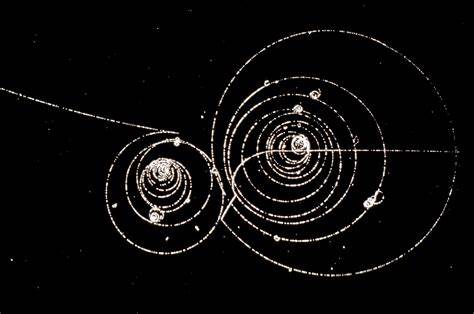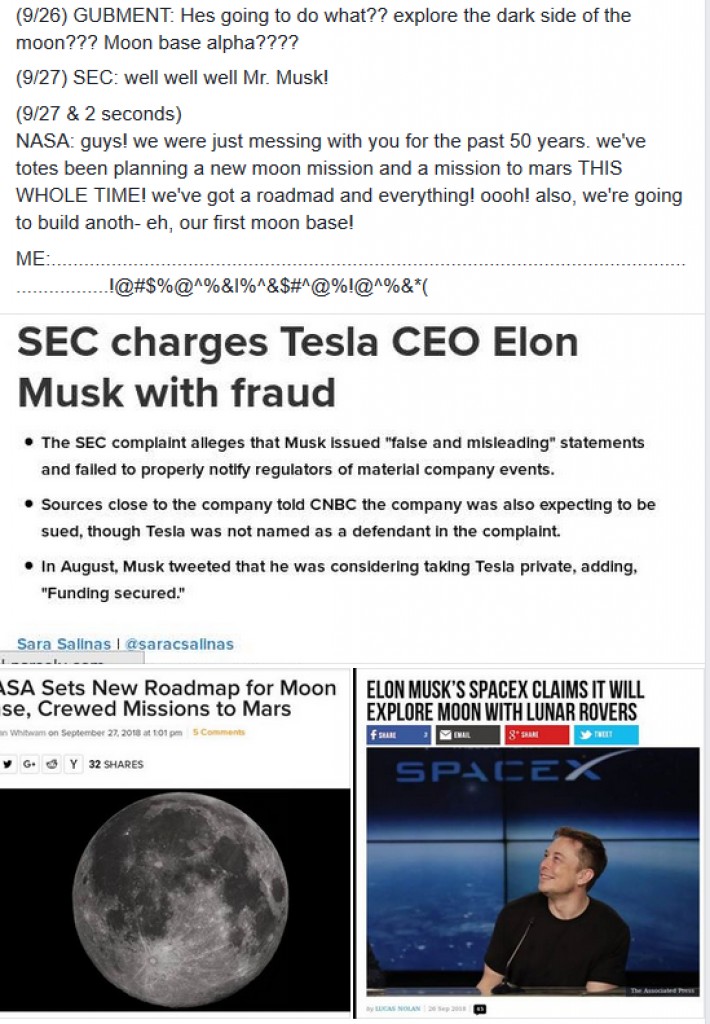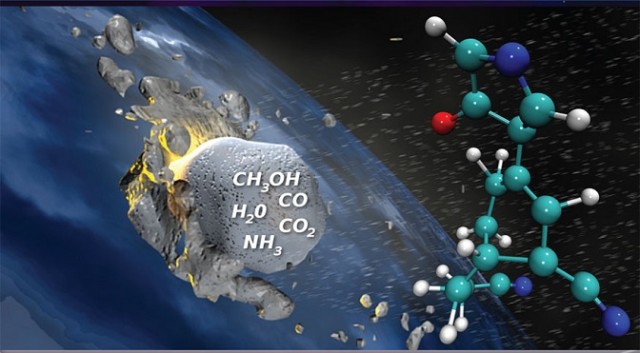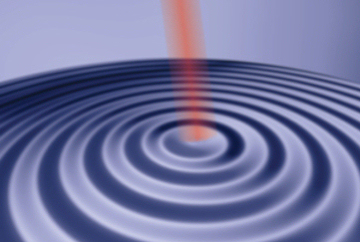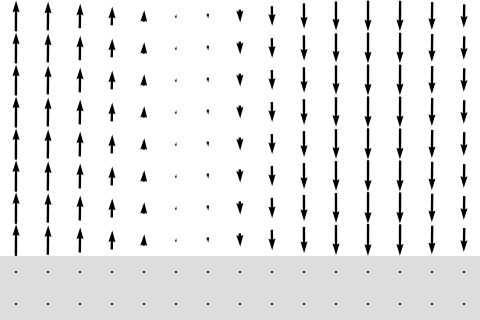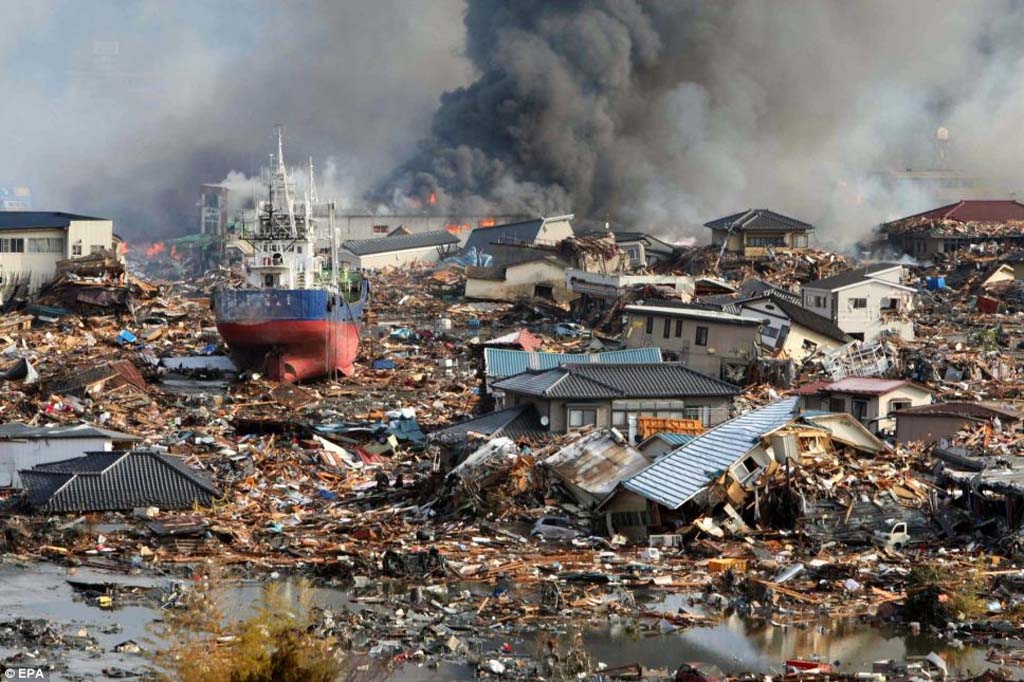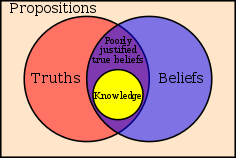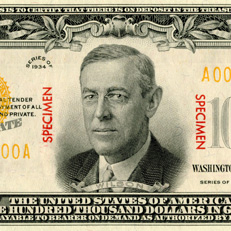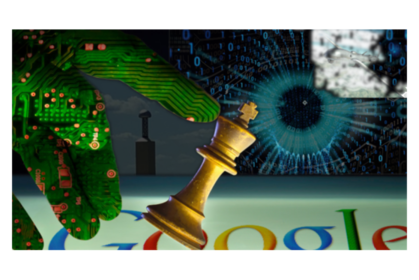
Nuclear energy used to be one of the most viable energy sources due to cost. With the progression of energy sources, the alternatives seem to have increasingly dropped in price to a point where it is no longer an economic decision,
Nuclear energy used to be one of the most viable energy sources due to cost. With the progression of energy sources, the alternatives seem to have increasingly dropped in price to a point where it is no longer an economic decision, it is now a decision of morality. (morality is not mentioned in the report, reword it. No new ideas) in terms of energy production, the cost of solar panels presents a 212% increase in production when compared to the cost of nuclear energy.
In conclusion, nuclear energy is safe until it goes wrong, then we have recourse for our mistakes. the safest of the sources is solar energy. The most economically feasible source is solar energy.
This report analyzes the ecological and economic impacts of alternative energy sources versus nuclear energy and makes a recommendation about which would be best to implement worldwide.
Society’s energy needs are growing faster than is the ability to produce energy to meet those needs. The costs of energy production are steadily on the rise. Though the efficiency of Nuclear energy makes it a desirable source, at the present time is prone contaminating both the soil and atmosphere with radioactive contamination.
This report using two criteria, ecology and economics to compare the following alternative energy sources to nuclear power: photovoltaics, wind turbines. this report does no examine: political, other energy sources.
The advent of electricity has led to a worldwide dependence on energy production. The sources of energy are of increasing importance to the well-being of our future generations. since the late 1800’s, JP Morgan founded the Edison electric company, the methods of generating electricity have greatly evolved to meet the needs of larger, denser populations. The potential of nuclear energy was realized in 1932 when the atom was first split. By 1954 the first nuclear power plant was built to provide commercial energy was built in Obninsk, Russia. Since that time, there have been about 33 accidents at nuclear power stations. Chernobyl, Fukushima, and 3-mile island are most notable for having caused irreversible consequences on the environments such as large-scale radioactive contamination.
Radioactivity in sufficient amounts can cause harm to any creature on the earth. “As radioactive material decays, or breaks down, the energy released into the environment has two ways of harming a body that is exposed to it. … It can directly kill cells, or it can cause mutations to DNA. If those mutations are not repaired, the cell may turn cancerous.” (live science). Any limitation on this environmental hazard will benefit all forms of life on Earth. When evaluating the safety of implementation of future energy sources, one should imagine a multitude of scenarios in which each source is the worldwide standard.
It is estimated that the future price of combatting energy is going to increase exponentially. A report from the United Nations on May 2016 states “The cost of adapting to climate change in developing countries could rise to between $280 and $500 billion per year by 2050, a figure that is four to five times greater than previous estimates” (un.org). A critical question must be asked, should necessity of energy coupled with its rising cost allow us to take risks in which we have no recourse for mending our mistakes? We should be aware that our energy needs have surpassed any truly safe alternatives. One might say we need to limit our energy consumption to a point in which we can use safe energy sources to fulfill the needs. If we demand more than can be safely produced, then we should take measures to limit our demand. The following graph, courtesy of worldnuclear.org, represents the annual global energy consumption:

Records from 2012 indicate that the total consumption of energy from the top 37 countries is 18,994 Terawatt Hours Annually (TWh/a). The entire energy consumption of the world is 20,900 TWh/a.( unknown source) Further analysis reveals that those top countries in 2016 comprise a total population of 3,867,404,000, Which is 54.27% of the global population. when one thinks about the possibility of increased energy consumption for the other 45.63 % of the world, it is paramount that clean energy is within the range of possibility. Nuclear energy seems to be the most advocated because its output vs input when comparing it to most other means of production. However, its safety is determined by the infallibility of the crews working at the power plants. The Indian point nuclear power plant (IPNR) in New York has the ability to generate more than 17.52 TWh/a which is enough to offer power to about 25% of New York. This is one power plant providing .000838% of the world’s energy needs each year.
The IPNR has been leaking radioactive material into the wells around Buchanan, New York. An article from CBS news, dated February 23, 2016, stated, “Earlier this month, Entergy Corporation, which owns Indian Point, reported increased levels of tritium-contaminated water at three monitoring wells, with one well's radioactivity increasing by as much as 65,000 percent.” (CBS, News) After the leak, Indian point reactor 2 was shut down in mid-June 2016 in which a buildup of bird feces was said to be the cause. Seemingly avoiding admittance of their bad practices. Theoretically you would need 119,293 IPNR’s all around the world to meet global demand using only nuclear energy. Such a concentration of facilities would bring upon a critical level of ambient radiation in the atmosphere will rise to increasingly dangerous levels.
The event that caused largest radioactive contamination of our oceans was from Fukushima in 2011. The Fukushima disaster was brought upon by a series of earthquakes and aftershocks, the largest of which was recorded at a magnitude of 7.9, destroying 3 of its 6 reactors. Within 10 of the disaster, radioactive contamination had crossed the pacific making it to the North American coasts. As of 2016 the reactors are uncontained and eating further into the ground. This was said to be the fault of lax safety regulations. Though happening on the island of japan, the prospect of earthquakes creating such a disaster is not unique to their location. The United States has 12 power plants along the New Madrid Fault line, which is privy to being disrupted by the Yellowstone volcano.
Nuclear energy is generally regarded as safe because of its percentage of recorded failures is relatively low, though when it fails it causes damage that takes centuries to mend. Wind and solar energy are among the safest and most viable alternatives. The following graph, from the institute for energy research, is an illustration of Americas energy use from the year 1950 through 2010:

One source of energy not specifically mentioned on this graphic is solar energy. Solar energy uses photovoltaics to generate energy from the sun. A typical "150 watt" photovoltaics module is precisely one square meter in size. “Such a module may be expected to produce 0.75 kilowatt-hour (KWh) every day, on average, after taking into account the weather and the latitude, for an insulation of five sun hours/day” (quara.com). To supply the earths demand would take 76,556,776,556 solar panels.
This would encompass a total of 2746.096 sq. Mi., which is 1/10 the size of Texas. At a price of 100 dollars for a single panel, the total cost of the panels required would amount to 7.66 Trillion dollars. Which comes to 200.069 billion dollars per each of the 37 top consuming countries.
A 2008 submission from David Schlissel and Bruce Biewald, stated, “Companies that are planning new nuclear units are currently indicating that the total costs (including escalation and financing costs) will be in the range of $5,500/kW to $8,100/kW or between six and nine billion dollars for each 1,100 MW plant.” (synapse energy). 1,100 Megawatts is equivalent to 9.636 TWh/a. We can take that number and divide it against the projected growth in demand from the year 2016 to 2030, which is around 9000 TWh/a. That requires 934 of the previously mentioned 1,100 MW plants, which would total an average of seven trillion dollars to implement. If that same money were to be put toward solar energy sources, you would generate 19100 TWh/a; which would safely produce 212 times the energy generated in comparison to nuclear energy. If we were to aim at covering only the projected growth, 9000 TWh/a, it would cost $3,298,429,319,000 leaving $3,701,570,681,000 for implementation, maintenance, and/or a larger investment.
As solar seems to be the most viable alternative energy source, the next most prominent is wind energy. “Wind is a form of solar energy. Winds are caused by the uneven heating of the atmosphere by the sun, the irregularities of the earth's surface, and rotation of the earth. Wind flow patterns are modified by the earth's terrain, bodies of water, and vegetative cover. This wind flow, or motion energy, when "harvested" by modern wind turbines, can be used to generate electricity.” ( Wind energy development). Wind energy has taken new forms over the past few decades. As advancements are made, wind energy gets cheaper over time. In the recent years The Department of Energy found “in 2012, the capacity-weighted average installed cost stood at nearly $1,940/kW, down almost $200/kW from the reported average cost in 2011 and down almost $300/kW from the reported average cost in both 2009 and 2010.” Even with this downward trend in cost, the startup costs remain a barrier to entry for most investors as 80% of their total cost to implement is in the machinery itself. Though in terms of longevity, these figures look less alarming.
even taking the cost per MW of wind energy production, the figures are around 1/3 the cost of implementing nuclear energy. at this point, why is nuclear still a viable resource? This could be due to limitation of materials incorporated with building wind farms.
Sources
1) Solar Feasibility Outline
https://www.thedailydiaectics.com/Problems&Solutions/SolarFeasibilityOutline
2) United states nuclear regulatory commision
http://www.nrc.gov/reading-rm/basic-ref/students.html
3) cbsnews.com/new
http://www.cbsnews.com/news/indian-point-nuclear-power-plant-called-a-disaster-waiting-to-happen/
4) >Popular mechanics
http://www.popularmechanics.com/science/energy/a19871/fukushima-five-years-later/
5) Office of energy efficiency & renewable energy
http://energy.gov/eere/sunshot/photovoltaics
6) Tech insider
http://www.techinsider.io/map-shows-solar-panels-to-power-the-earth-2015-9
7) IEEE Spectrum
http://spectrum.ieee.org/green-tech/solar/solar-energy-isnt-always-as-green-as-you-think
8) American Wind Energy Association
http://www.awea.org/Resources/Content.aspx?ItemNumber=900
9) The guardian
https://www.theguardian.com/sustainable-business/2016/jul/31/california-wind-farm-energy-trident
10 Global Research
http://www.globalresearch.ca/fukushima-a-nuclear-war-without-a-war-the-unspoken-crisis-of-worldwide-nuclear-radiation/28870
11) Institute for energy research
http://instituteforenergyresearch.org/history-electricity/
12) Cambridge consultants
http://www.engerati.com/sites/engerati/files/eventpres/EUW15_Day2_1400 2030 Living - how will people use energy.pdf
13) NEI
http://www.nei.org/Knowledge-Center/Nuclear-Statistics/World-Statistics
14) Cambridge consultants
http://www.engerati.com/sites/engerati/files/eventpres/EUW15_Day2_1400 2030 Living - how will people use energy.pdf
14) World Nuclear
http://www.world-nuclear.org/information-library/current-and-future-generation/world-energy-needs-and-nuclear-power.aspx
15)USCA
http://www.ucsusa.org/nuclear-power/cost-nuclear-power
16) (PDF) - Synapse- energy
http://www.synapse-energy.com/sites/default/files/SynapsePaper.2008-07.0.Nuclear-Plant-Construction-Costs.A0022_0.pdf
17) Wind energy development
http://windeis.anl.gov/guide/basics/
19) Fukushima-forward
http://www.fukushima-forward.jp/english/
The daily dialectics was devised in efforts of exposing devious tech derived from major companies. The highlights of which are Google and Facebook. Over the past decade they have worked together in lieu of the development of a wireless power network integrated into our most populated areas worldwide. Most notably 2017 - 2018 was the year of the final patent approvals. Facebooks Line of Sight system can receive the dense wave form emitted by the waveguide attached to Googles Goubau Launchers. Both are capable of ultra-low, microwave, up to THZ frequencies depending on ambient conditions and intention of dispersal.



In an age where truths are akin to fiction in the minds of the masses, fiction is a key component in societal control. Reprogram your programmer's programming; join the dialectic.
Contact us:
thedailydialectic@outlook.com
In an age where truths are akin to fiction in the minds of the masses, fiction is a key component in societal control. Reprogram your programmer's programming; join the dialectic.
Contact us:thedailydialectic@outlook.com


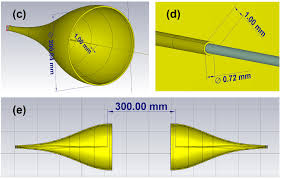




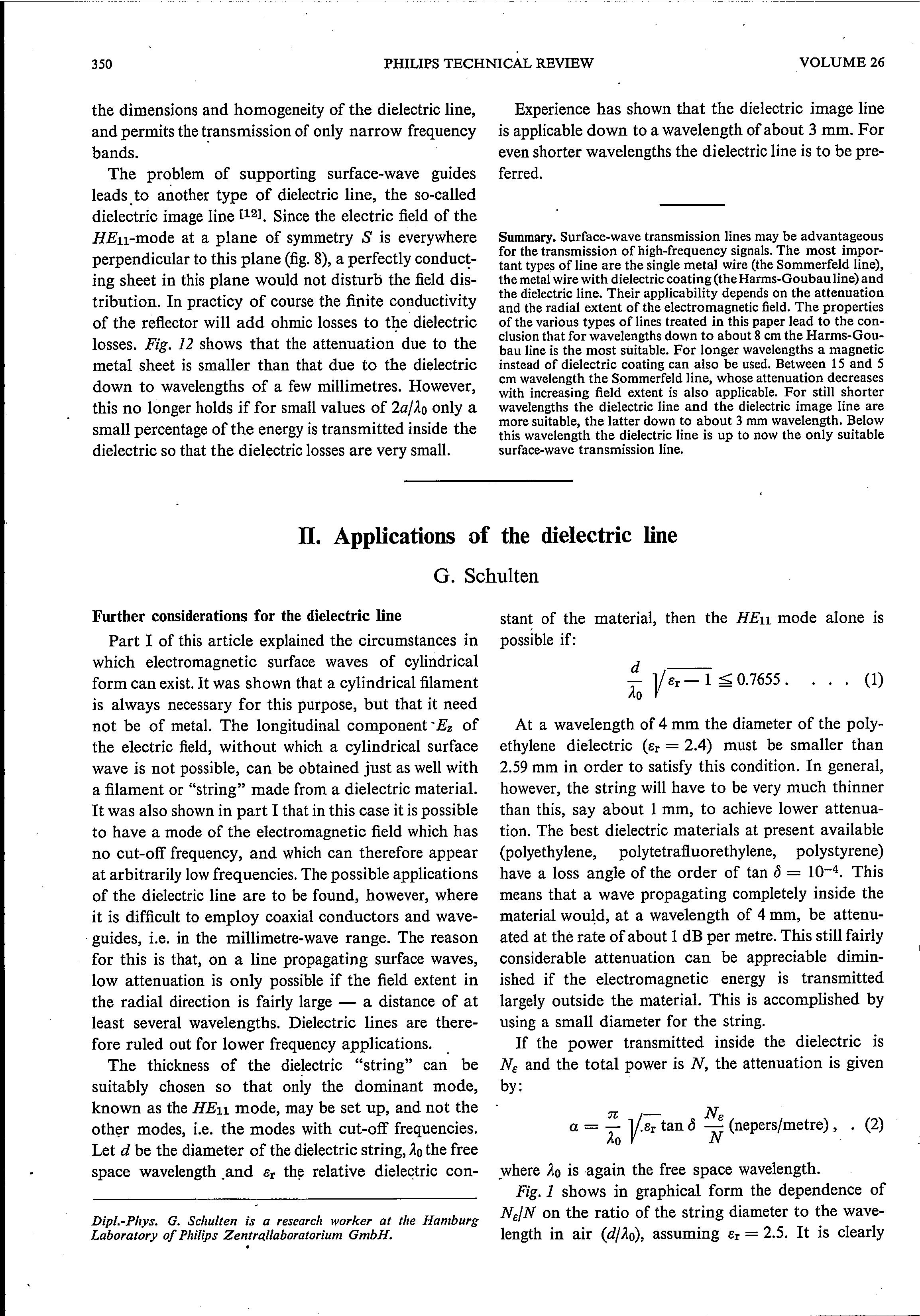

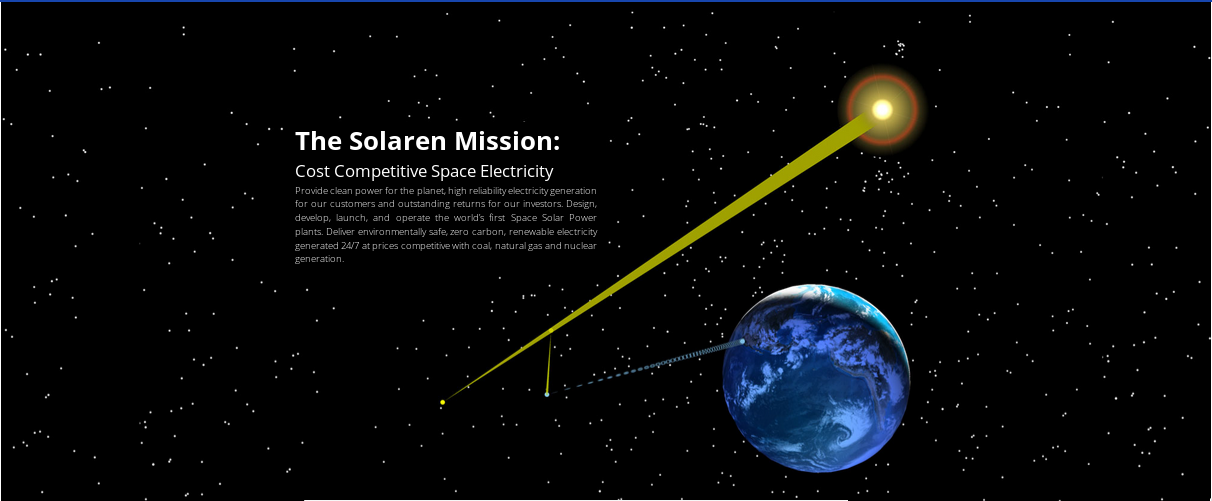
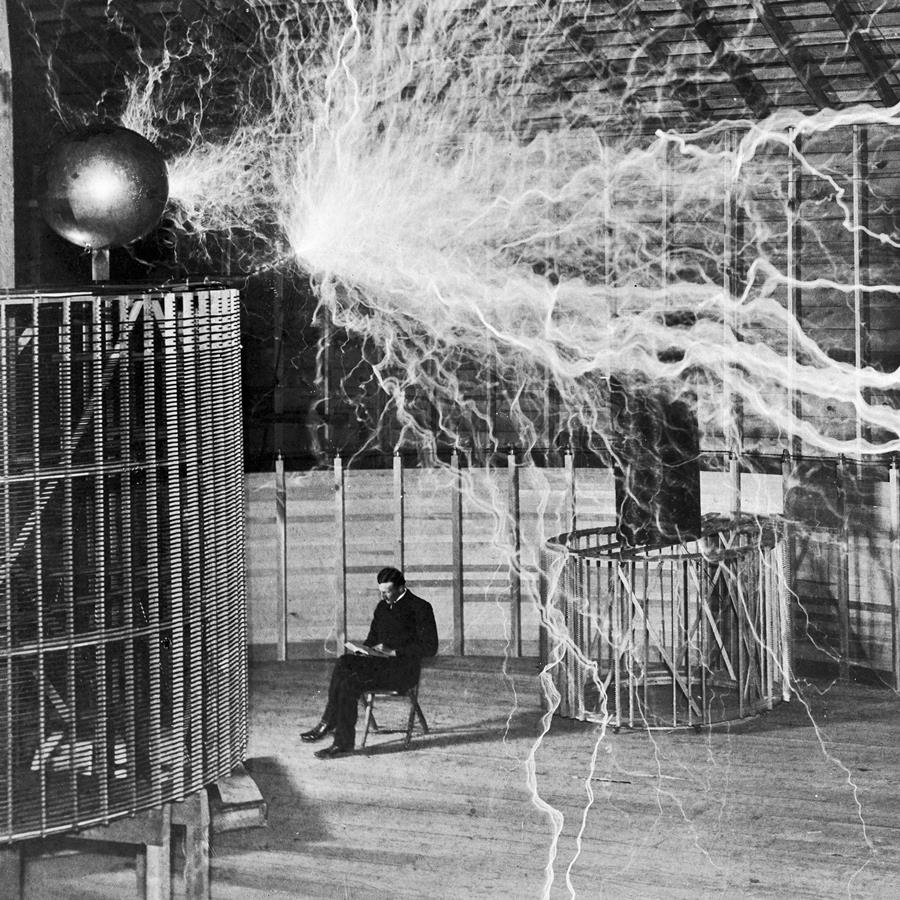
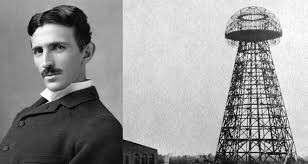
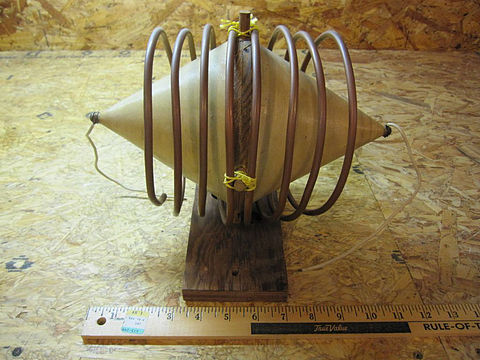
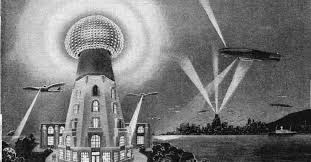

/HTML/20 Bedini_files/bigguy1.jpg)






